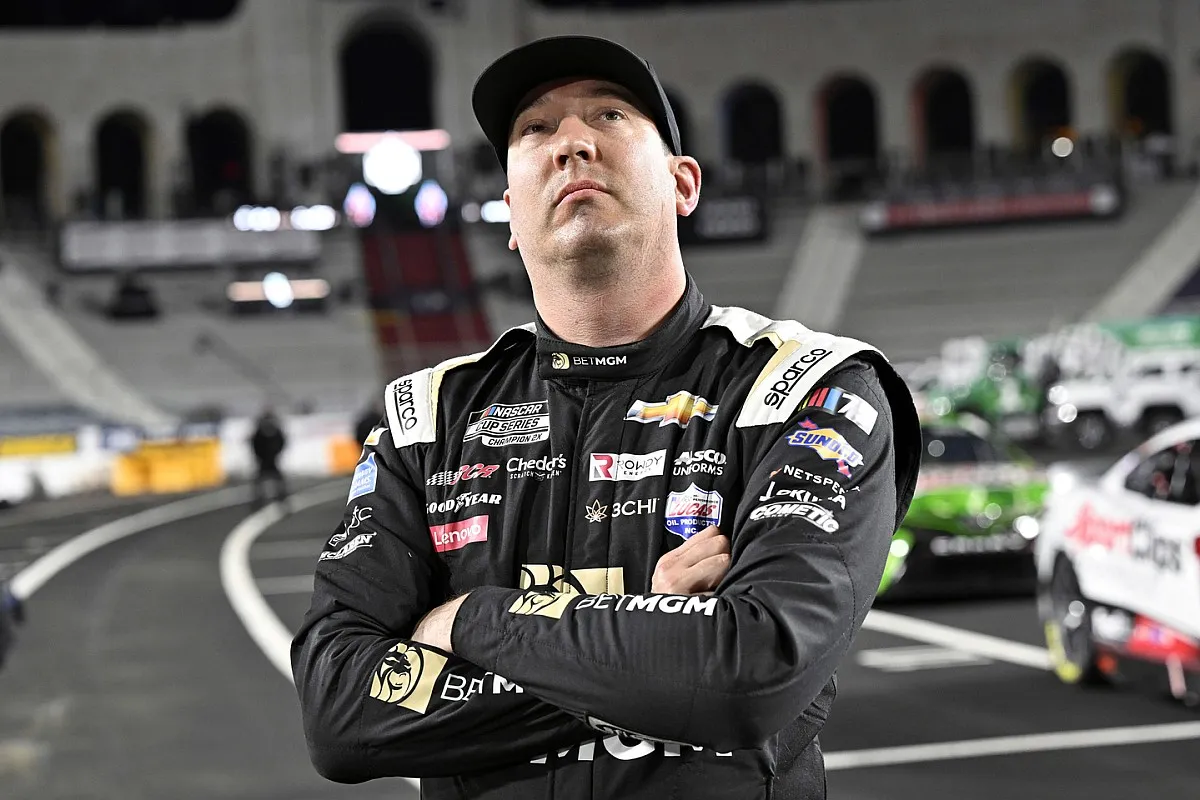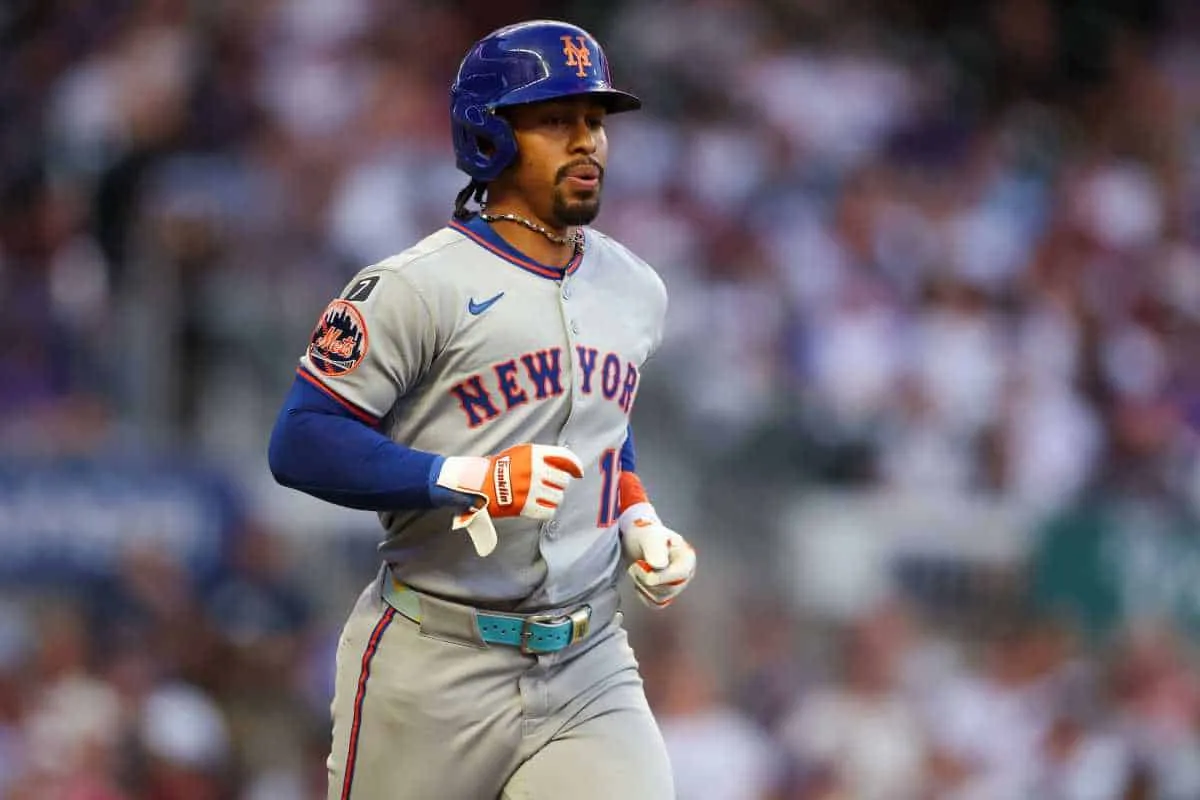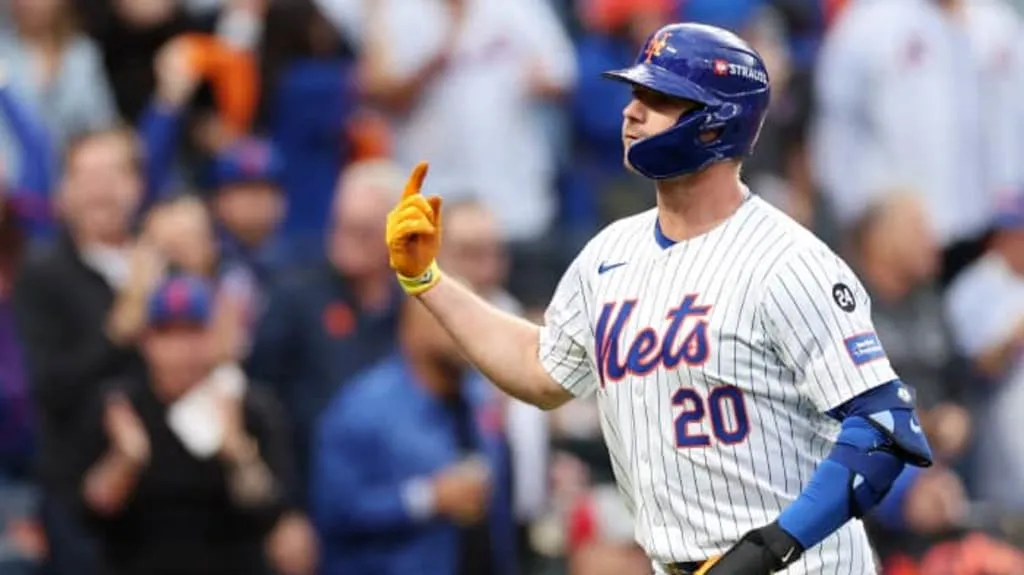
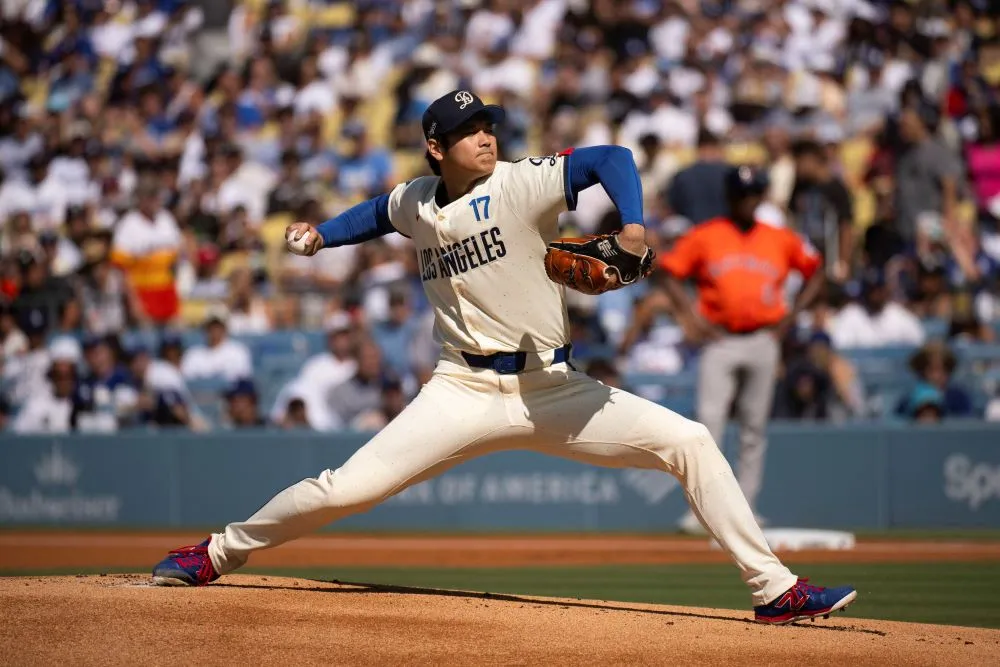
Shohei Ohtani’s Bold Delay: The Real Reason He Refused to Throw — And What It Means for Baseball
In a sport obsessed with numbers, timelines, and tradition, Shohei Ohtani has once again reminded the baseball world that he plays by his own rules. Recently, the Los Angeles Dodgers’ two-way superstar made headlines not for a towering home run or a dazzling mound performance — but for something he didn’t do. Ohtani has decided to delay his throwing progression, a move that might seem minor to casual fans but carries significant weight for those who understand what’s at stake.

This calculated delay has sparked curiosity, debate, and speculation. Why would one of the game’s most disciplined and dominant players intentionally slow down his return to the mound? Is he hiding an injury? Losing confidence? Or, as he’s stated, is this simply about not taking “unnecessary risks”?
As the dust settles, it becomes clear that this decision isn’t just about one player or one injury. It’s about changing how baseball thinks about recovery, performance, and legacy.
The Context: A Season Without Pitching
After undergoing Tommy John surgery for the second time in his career, Shohei Ohtani entered the 2024 MLB season knowing he would not pitch at all. His focus was solely on his offensive production, and he’s delivered. With his usual blend of power, patience, and plate presence, Ohtani has continued to put up MVP-worthy numbers for the Dodgers. But throughout the season, fans and insiders alike have kept their eyes on when — or if — he would start throwing again.
In typical Ohtani fashion, there was no media spectacle or dramatic press release. Instead, during a routine media availability, Ohtani quietly confirmed that he was intentionally holding off on throwing. Not due to pain. Not due to a setback. But because, in his words, “I don’t want to take unnecessary risks.”
That phrase — simple, almost understated — has sent ripples through clubhouses, front offices, and broadcast booths across the league.
The Risk Calculation of Greatness
At the heart of Ohtani’s decision is an understanding that true greatness is not just about pushing boundaries — it’s about knowing when not to. Baseball, historically, has glorified toughness: playing through pain, rushing back from injury, proving doubters wrong. But Ohtani is changing that narrative, not with speeches, but with action.
After two surgeries and years of juggling pitching and hitting, he knows his body better than anyone. And while fans may clamor for a timetable, and analysts may compare his rehab to other pitchers, Ohtani is choosing caution over convention.
In a world where timelines often dictate headlines, he’s choosing his health over hype.
This mindset might seem foreign in an industry built on metrics and pressure. But for Ohtani, who has already accomplished feats no player has touched in generations, the stakes are different. He’s not just trying to come back — he’s trying to come back right. And more importantly, he’s trying to stay back.
What It Says About the Dodgers
From a team perspective, Ohtani’s decision also sheds light on how the Dodgers organization is evolving. Known for their analytical prowess and long-term planning, the Dodgers have created a system where players feel empowered to take control of their careers — even when it goes against short-term interests.
For a franchise that has invested $700 million in Ohtani, this decision could’ve sparked concern. Instead, there’s only been support. Manager Dave Roberts and Dodgers executives have emphasized trust in Ohtani’s process. That vote of confidence is telling. It reveals that the Dodgers aren’t just investing in his current production — they’re investing in his future dominance, both on the mound and at the plate.
Ohtani isn’t delaying because he’s afraid. He’s delaying because he — and his team — understand that sustainability is more valuable than speed.
The Mental Shift Behind the Physical Delay
There’s also a psychological dimension to this story. For elite athletes, especially in baseball, coming back from injury often triggers doubt. Not just about physical capability, but about identity. Ohtani is a two-way player — a unicorn in modern baseball. If he can’t pitch, is he still “Ohtani”?
The answer, of course, is yes. But this period has likely forced him to redefine what success looks like.
By choosing not to rush, Ohtani is showing that identity isn’t bound to function. He is a competitor, yes. A record-breaker, yes. But he’s also a strategist. And this moment — his refusal to throw when expected — may mark one of the most mature, powerful decisions of his career.
He’s rewriting the script. Injured players are supposed to long for a return, to fight against the clock. Ohtani isn’t fighting the clock. He’s controlling it.
The Broader Message to Baseball
Ohtani’s choice carries implications far beyond the Dodgers’ clubhouse. It signals a broader shift happening in professional sports: the empowerment of athletes to prioritize long-term well-being over short-term expectations.
In decades past, players who delayed rehab or altered recovery plans risked being labeled “soft” or “overly cautious.” But stars like Ohtani are redefining those labels. They’re saying that smart is strong. That health is power. That playing the long game — literally — is a mark of intelligence, not hesitation.
If Ohtani, perhaps the most scrutinized athlete in baseball today, can take control of his narrative, then perhaps younger players will follow. Perhaps teams will shift their approach to injury management. Perhaps fans will begin to see delays not as red flags, but as redirections.
Legacy Over Lunacy
There’s a temptation to view every Ohtani decision through the lens of superstardom. But even stripped of fame, this move would be admirable. It’s rare to see an athlete — in any sport — hold firm against the pressures of the public, the media, and even internal competition.
But when we do see it, it often ends up shaping how we understand greatness.
Ohtani isn’t just trying to be the best version of himself for the next season. He’s building a legacy that will last decades. And that legacy isn’t defined by how quickly he returns to pitching. It’s defined by how well he does — and how long he lasts.
In this context, the refusal to throw isn’t a pause. It’s a pivot. It’s not a delay — it’s a declaration: I’ll return when it makes sense, not when it’s expected.
The Future of Two-Way Players
Beyond Ohtani’s individual journey, this decision reopens the conversation around two-way players in professional baseball. While many young prospects now dream of following in Ohtani’s footsteps, few understand the toll such excellence takes on the body.
By delaying his throwing, Ohtani may be hinting at a new model for dual-discipline players: one that emphasizes flexibility, patience, and personal agency.
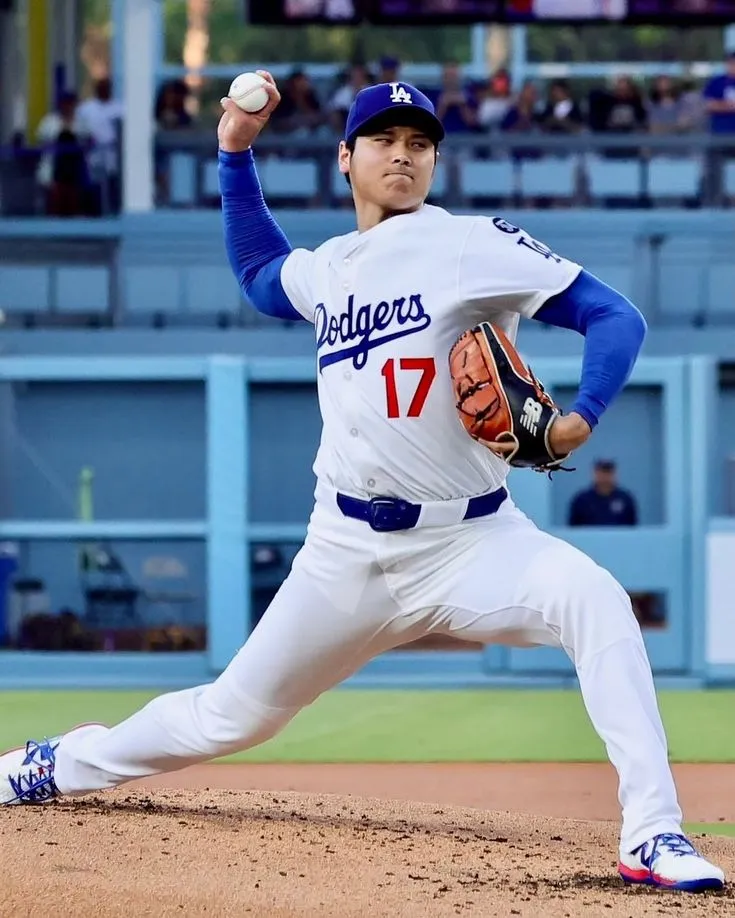
In other words, you don’t have to be superhuman every day to be considered elite. You just have to be smart enough to listen to your body, and brave enough to act on it — even when no one else understands.
The Real Reason He Refused to Throw
So what is the real reason Shohei Ohtani refused to throw? It’s not fear. It’s not laziness. It’s not even mystery.
It’s mastery. Mastery of self. Mastery of timing. Mastery of legacy.
In a sport built on routines and return dates, Ohtani is carving out a new path — one where the most powerful move is sometimes the one you don’t make. His delay may frustrate fantasy owners or confuse casual viewers. But for those who truly understand the game, it’s a powerful reminder of what leadership, discipline, and greatness really look like.
And when Ohtani does take the mound again — when he finally does let it rip — that first pitch will carry more than just velocity. It will carry the weight of wisdom, and the message that the best players don’t just break records. They break norms.








